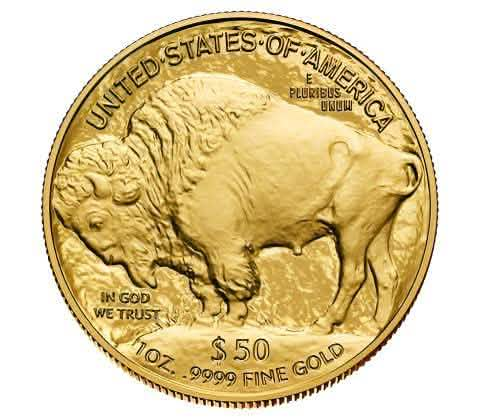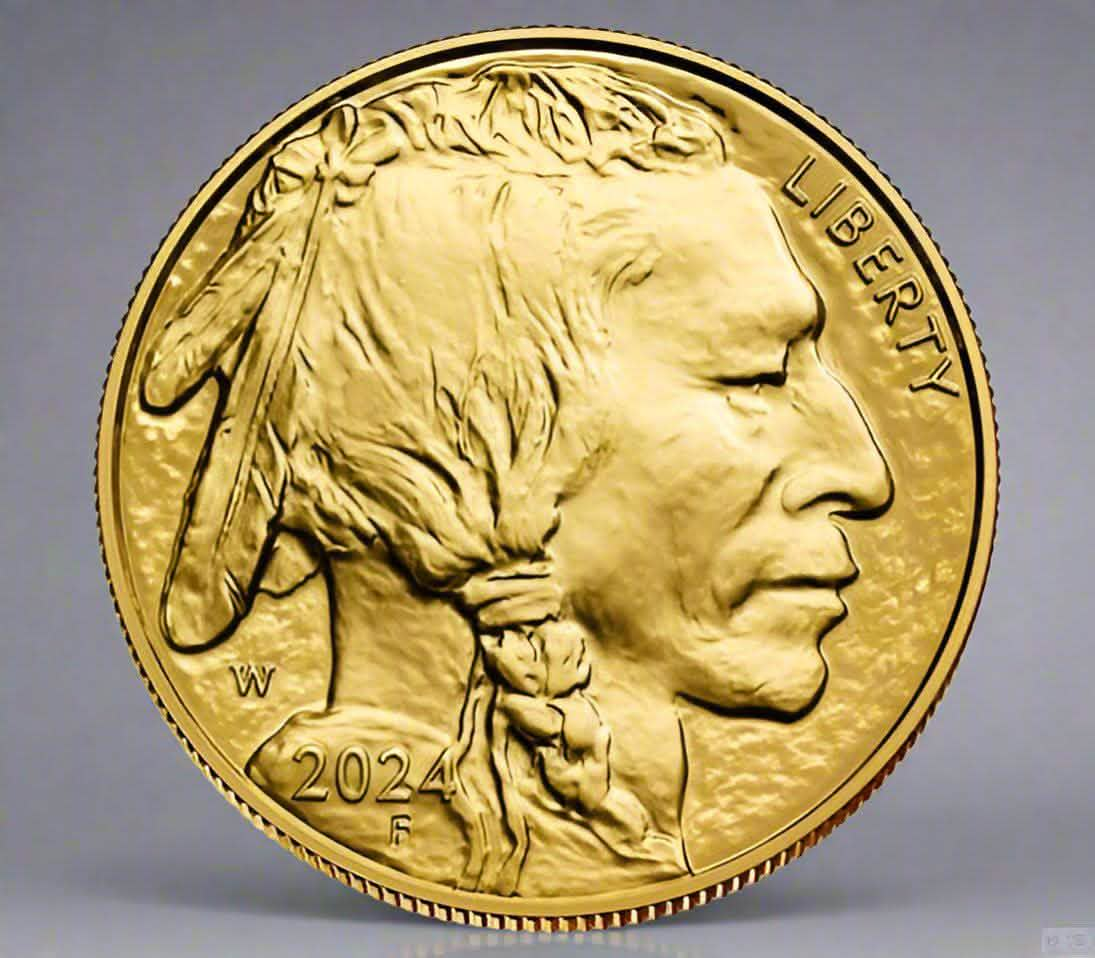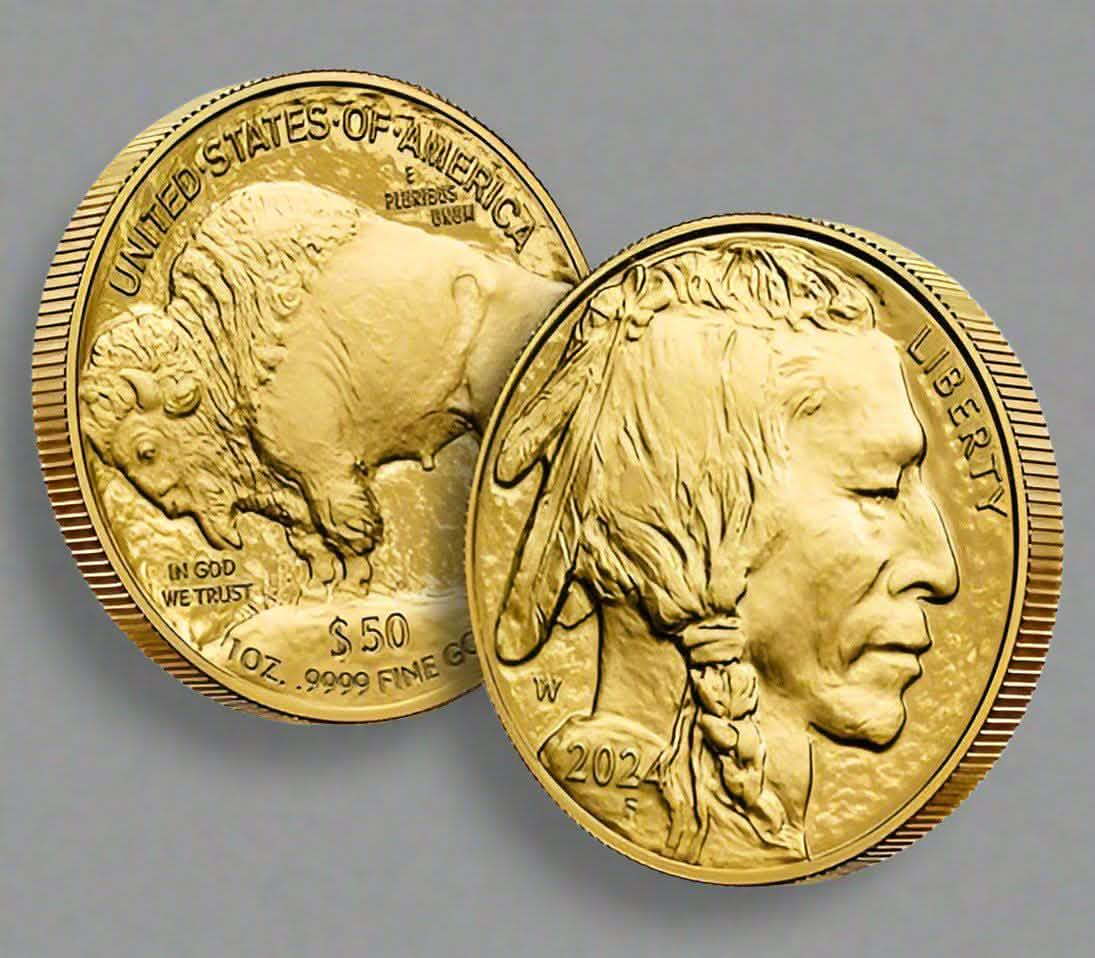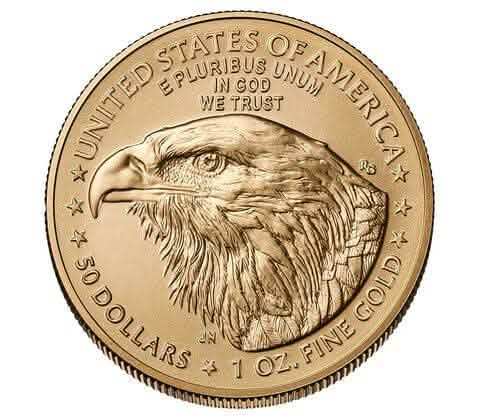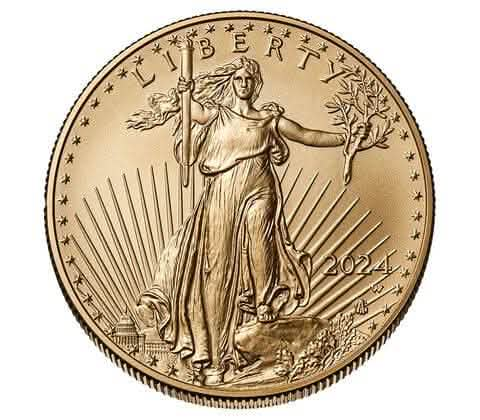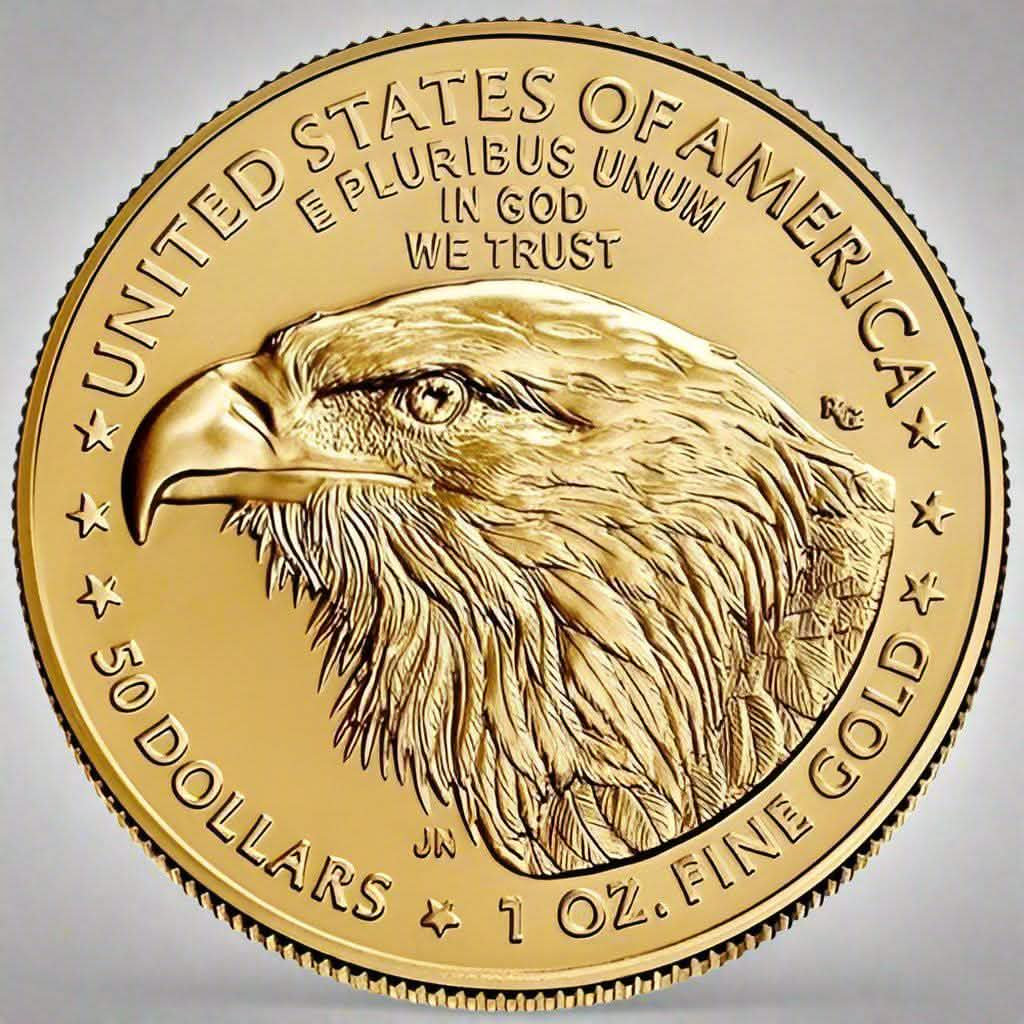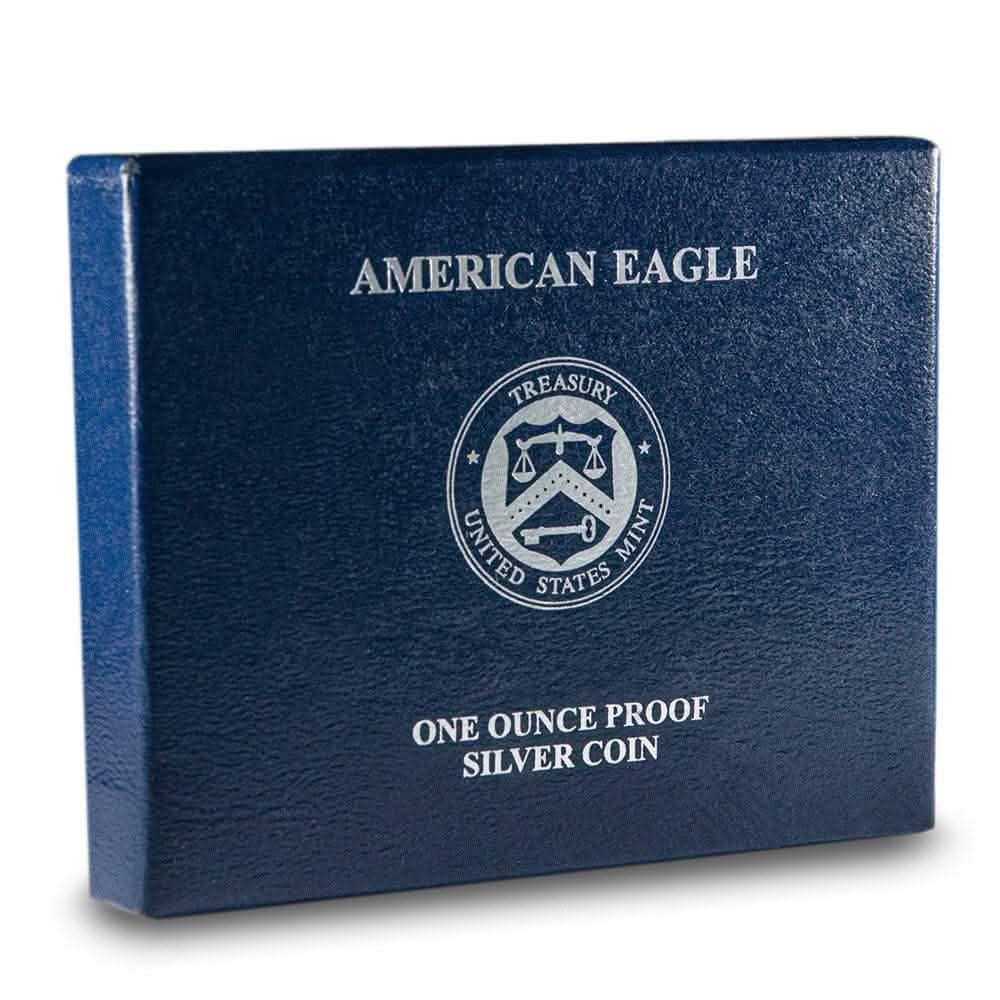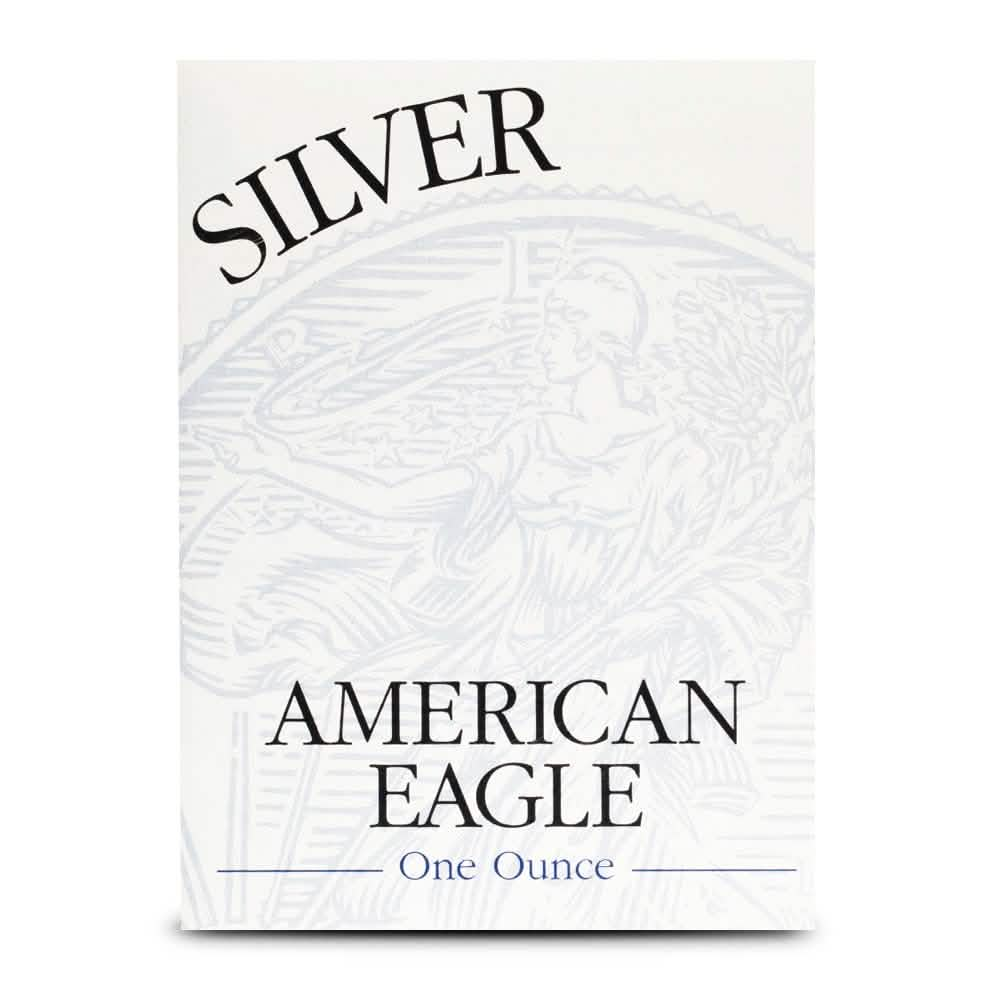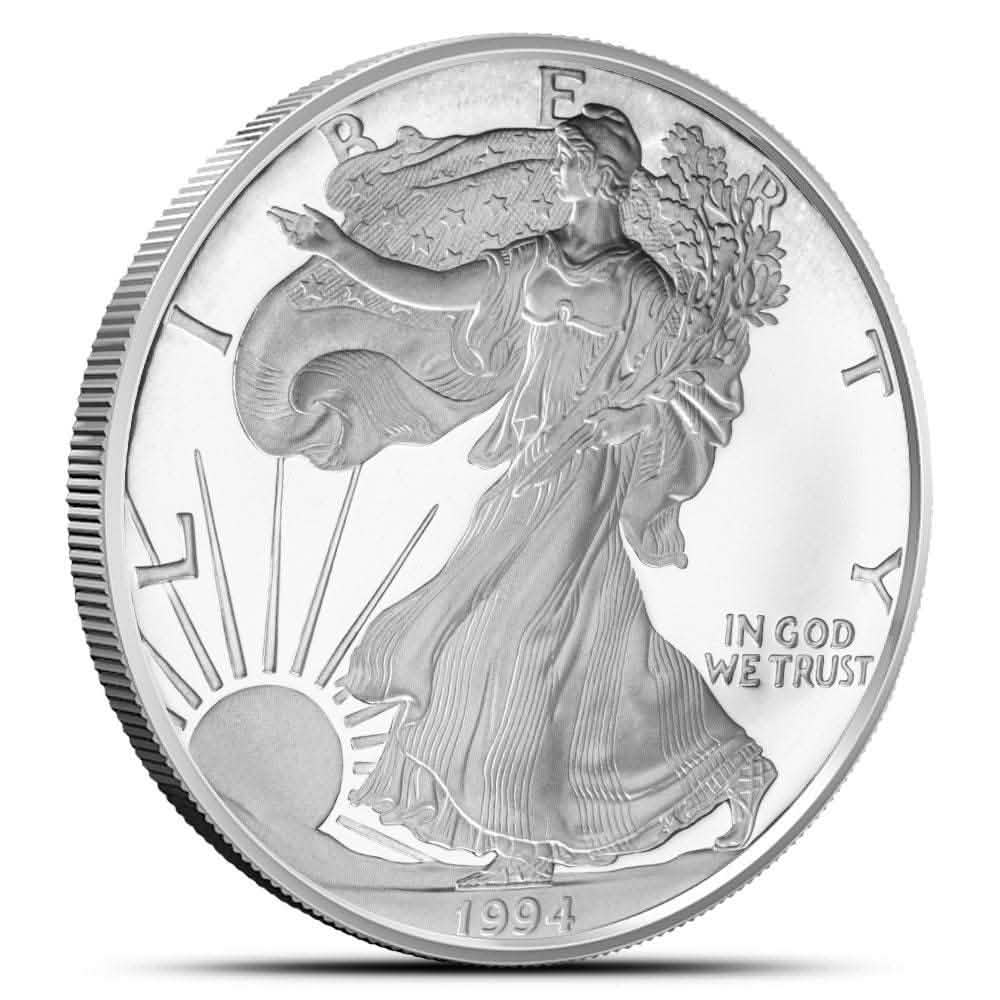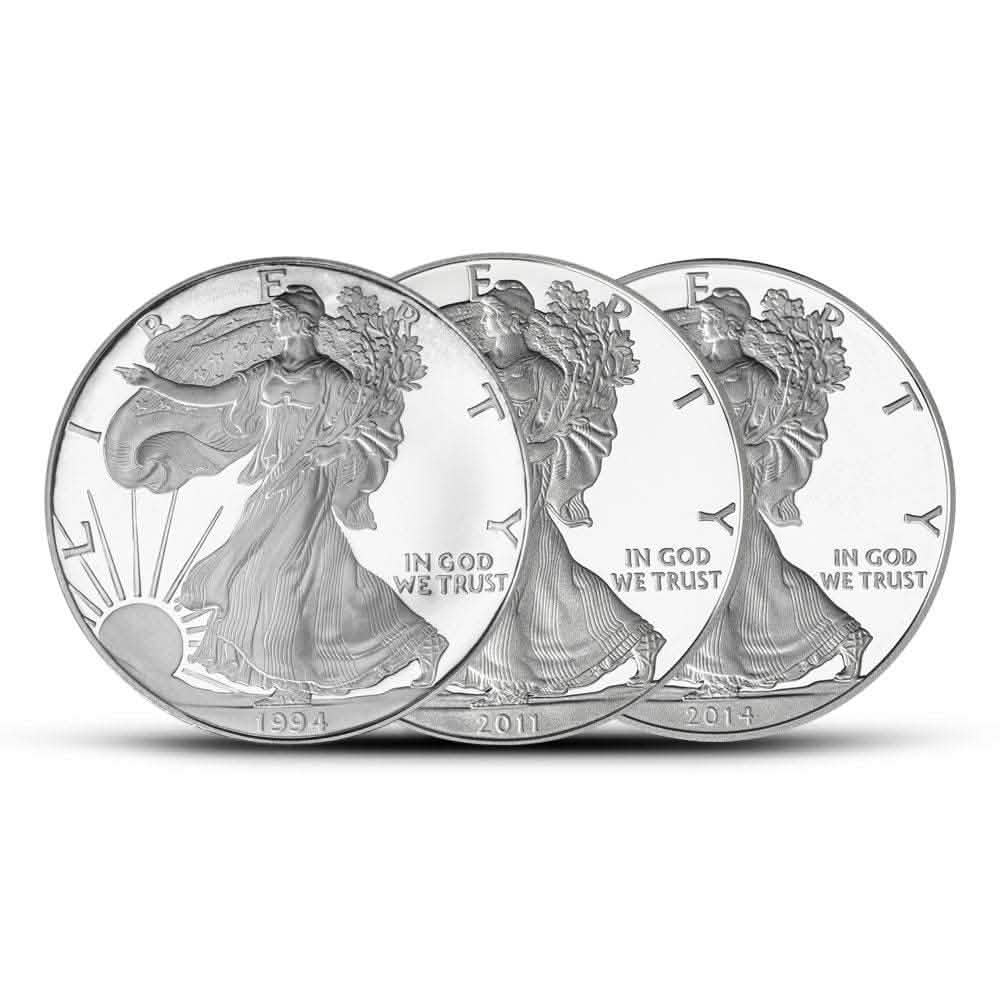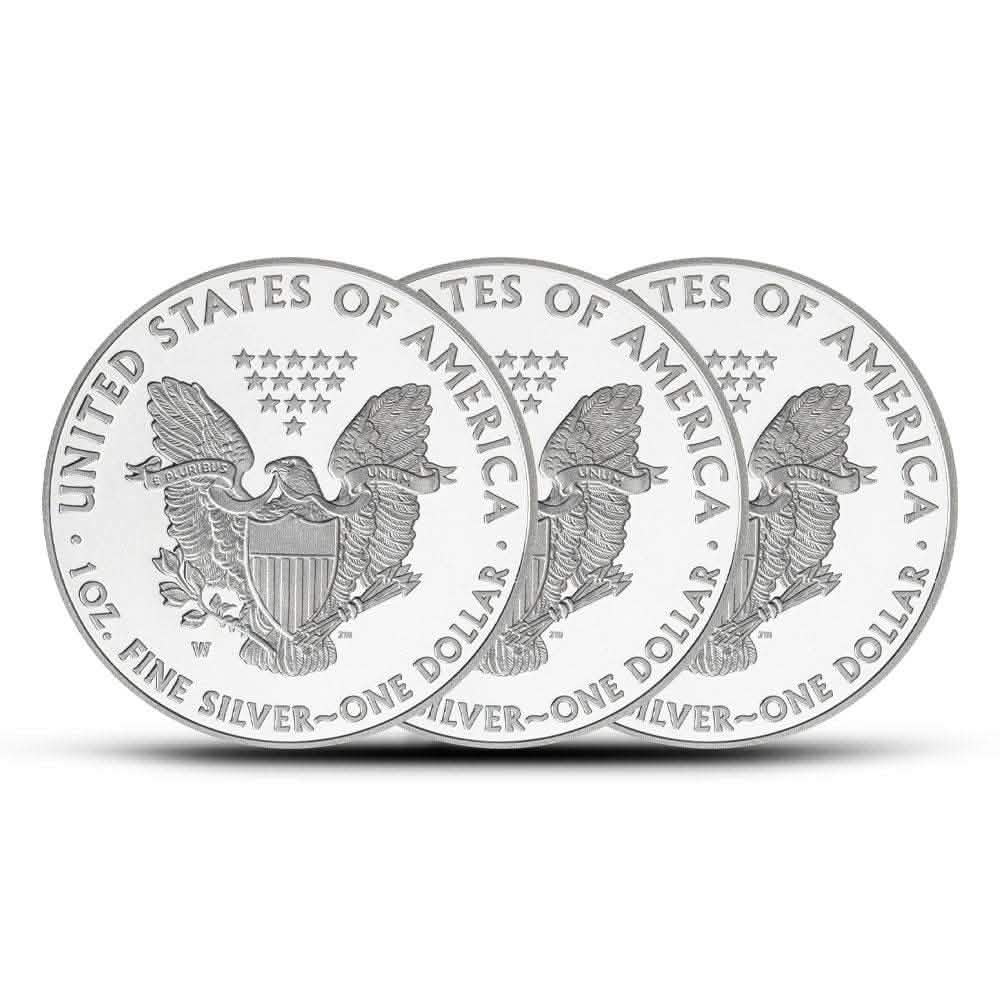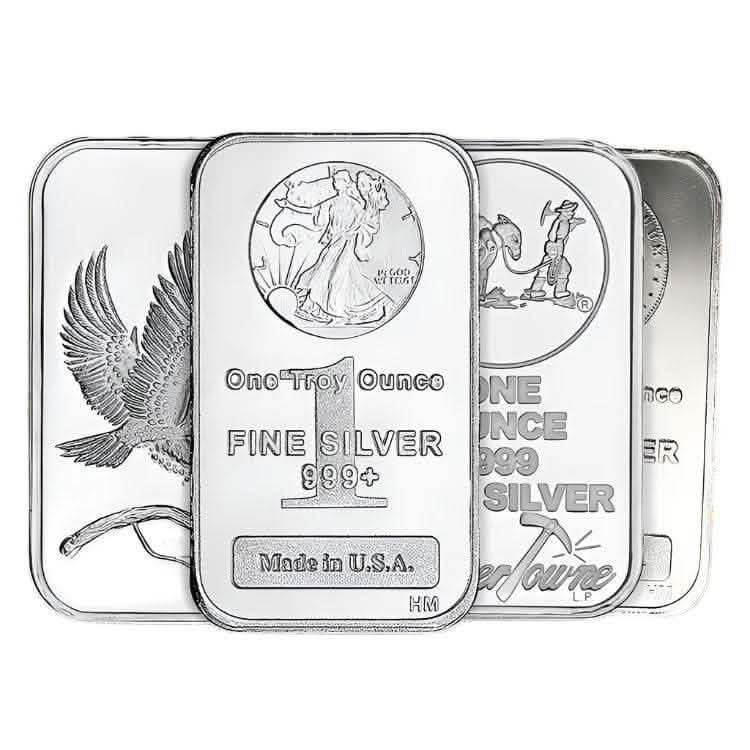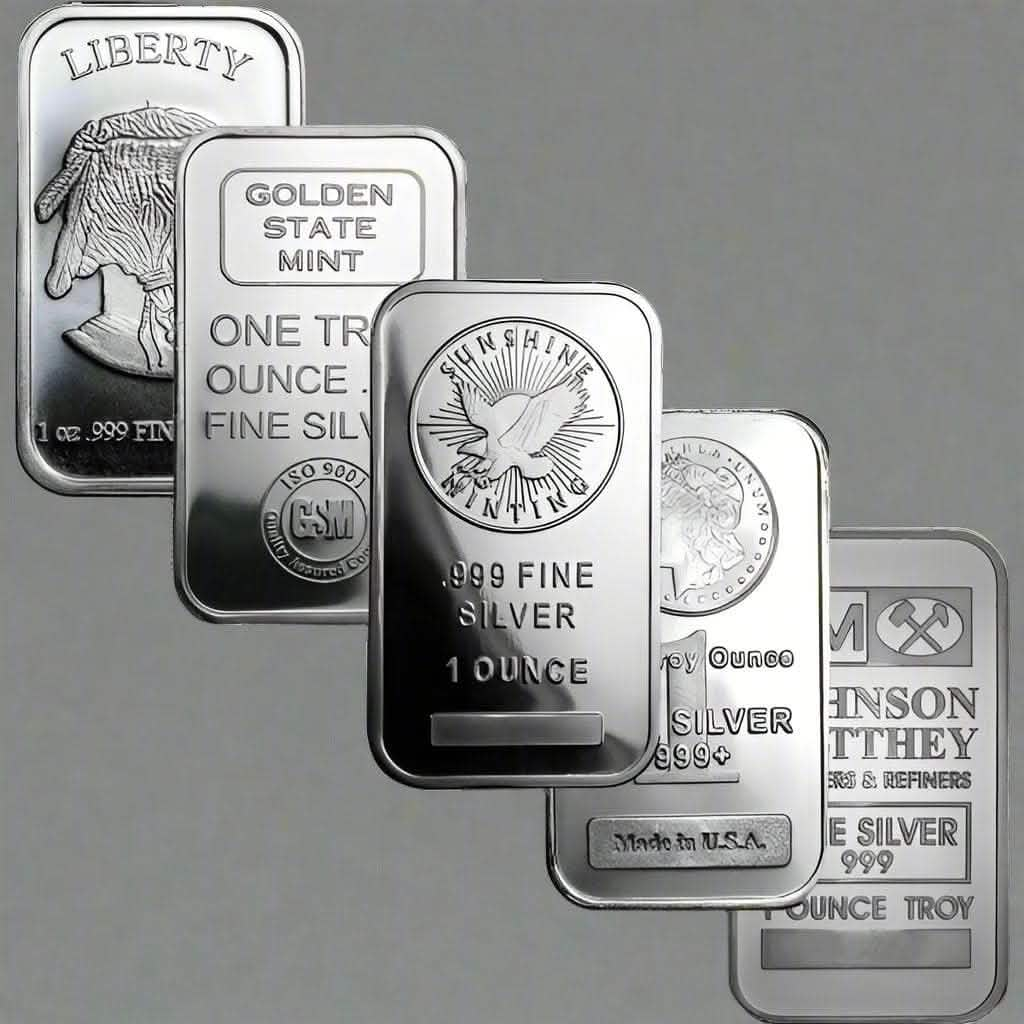Turn Back Time and Shine Bright. Discover the Art of Cleaning Silver Coins
Are your silver coins losing their luster and looking a bit dull? Whether you're an avid collector or a passionate numismatist, keeping your silver coins in pristine condition is crucial for aesthetic pleasure and preservation. This comprehensive guide will teach you how to clean silver coins safely and effectively. We'll explore various methods, from DIY solutions to professional cleaning, so that you can elevate your coin collection to its gleaming glory.
Why Clean Silver Coins?
Like any cherished collectibles, silver coins are susceptible to tarnish and grime buildup over time. Tarnish, a common problem, occurs when silver reacts with sulfur-containing compounds in the air, forming a dull and darkening layer on the coin's surface. While some collectors appreciate the natural patina that develops as coins age, excessive tarnish, and dirt can obscure details and reduce a coin's visual appeal and value.
Cleaning silver coins enhances their appearance and ensures the longevity of your collection. However, it's vital to approach cleaning carefully to avoid damaging your coins' delicate surface or historical significance.
Understanding the Types of Tarnish
Before cleaning your silver coins, you must recognize the type of tarnish or residue you're dealing with. Not all tarnish is the same, and different cleaning methods may be required for varying levels of build-up.
Light Tarnish
Light tarnish typically appears as a thin, discolored layer on the coin's surface. Gentle cleaning can often remove it, revealing the original shine beneath.
Heavy Tarnish
Heavy tarnish forms a thicker, darker coating on the coin. It may require more robust cleaning techniques and solutions to restore the coin's brilliance.
Dirt and Grime
Coins can also accumulate dirt, grease, and grime from handling and exposure to environmental elements. Cleaning methods for these build-ups differ from those used for tarnish.
Gather Your Cleaning Materials
To effectively clean silver coins, you'll need a few essential materials. Before you begin the cleaning process, ensure you have the following items on hand.
Soft Cloth
A soft, lint-free cloth is essential for gently wiping and drying your coins without scratching or damaging the surface. Microfiber cloths are an excellent choice for this purpose.
Distilled Water
Distilled water is free of impurities and mineral deposits that could harm coins. It is used to rinse and soak coins during the cleaning process.
Mild Soap
A gentle, non-abrasive soap can help remove dirt and grime without damaging the coins. Avoid using harsh detergents or chemical cleaners.
Baking Soda
Baking soda is a versatile cleaning agent that can help remove tarnishes and restore shine.
Preparing Your Coins for Cleaning
Proper preparation is critical to a successful cleaning process. Follow these steps to ensure your coins are ready for cleaning without risking damage.
Inspect Your Coins
Examine each coin carefully to assess the level of tarnish and dirt. Different coins may require different cleaning approaches, so note any specific areas of concern.
Test a Small Area
Before proceeding with full-scale cleaning, test your chosen method on a small, inconspicuous area of the coin. This precautionary step ensures that the cleaning solution won't cause unintended damage.
Handle with Care
When handling your coins, avoid touching the surface with your bare hands. The oils and dirt from your fingers can contribute to further tarnish and damage. Use cotton gloves if possible, or hold the coins by their edges.
Gentle Cleaning Techniques
Gentle cleaning techniques are often sufficient to restore the shine of lightly tarnished coins. Here are some safe methods.
Soap and Water Soak
- Fill a shallow bowl with distilled water and add a few drops of mild soap.
- Place the coins in the solution and allow them to soak for a few minutes.
- Gently agitate the coins in the water to loosen dirt.
- Remove the coins and rinse them thoroughly with distilled water.
- Pat them dry with a soft cloth.
Baking Soda Paste
- Create a paste by mixing baking soda with a bit of distilled water.
- Apply the paste to the tarnished areas of the coin using a soft cloth.
- Gently rub the paste in circular motions, avoiding excessive pressure.
- Rinse the coin with distilled water and dry it with a cloth.
Toothpaste Method
- Apply a small amount of non-gel toothpaste to a soft cloth.
- Gently rub the tarnished areas of the coin using circular motions.
- Rinse the coin thoroughly with distilled water.
- Dry the coin with a soft cloth.
More Intensive Cleaning Methods
More intensive cleaning methods may be necessary for heavily tarnished or particularly dirty coins. Proceed with caution and consider the potential impact on the coin's value.
Lemon Juice Dip
Lemon juice's natural acidity can help remove tarnish from silver coins. However, this method may not be suitable for all coins, as the acidity can be harsh.
- Fill a bowl with lemon juice and submerge the coin for a few minutes.
- Gently scrub the coin with a soft cloth or brush to remove tarnish.
- Rinse the coin thoroughly with distilled water.
- Dry the coin entirely with a soft cloth.
Commercial Silver Cleaners
Commercial silver cleaners are available for use on silver coins. However, exercise caution and follow the manufacturer's instructions closely. These products can be effective, but misuse may strip away desirable patina or damage the coin.
- Choose a reputable silver cleaner designed explicitly for coins.
- Follow the instructions carefully to avoid overexposure.
- Rinse the coin thoroughly with distilled water.
- Dry the coin with a soft cloth.
Avoiding Common Mistakes
When cleaning silver coins, avoiding common pitfalls that could harm your collection is crucial.
Harsh Chemicals
Avoid using cleaning agents that contain harsh chemicals, as they can damage the coin's surface and historical patina. Stick to mild and natural cleaners whenever possible.
Abrasive Materials
Using abrasive materials, such as brushes with stiff bristles or rough cloths, can scratch the coin and diminish its value. When cleaning, always use soft materials.
Overcleaning
Excessive cleaning can erode the delicate surface of silver coins and reduce their value. To preserve the coin's integrity, clean only when necessary and avoid frequent cleaning.
Storing Silver Coins Properly
After cleaning, properly storing your silver coins is essential to maintain their condition and prevent future tarnish.
Use Coin Holders
Invest in coin holders or flips to protect your coins from dust, moisture, and handling. These holders can also help preserve the coin's original patina.
Store in a Controlled Environment
Store your coins in a cool, dry place with minimal humidity. Avoid storing coins in attics or basements, as these areas can be prone to temperature fluctuations and moisture.
Avoid Direct Sunlight
Prolonged exposure to sunlight can cause coins to fade and tarnish. To maintain their brilliance, keep your coins away from direct sunlight.
When to Seek Professional Help
Sometimes, it may be best to seek professional assistance cleaning and preserving your silver coins.
Rare or Valuable Coins
If you have rare or precious coins, consider consulting a professional coin conservator or numismatic expert before attempting any cleaning.
Persistent Tarnish
A professional cleaner may have access to specialized tools and techniques for coins with stubborn tarnish that doesn't respond to gentle cleaning methods.
Avoid Risky Situations
If you're unsure about the best approach for cleaning a particular coin, it's better to err on the side of caution and seek professional guidance.
Conclusion
Cleaning silver coins requires care, attention, and a gentle touch to preserve their beauty and historical significance. By understanding the types of tarnish, choosing appropriate cleaning methods, and following the steps outlined in this guide, you can ensure that your coin collection remains in optimal condition.
Whether you're a seasoned numismatist or a novice collector, a well-maintained collection enhances the value of your coins and your enjoyment of this fascinating hobby. Remember, if you need guidance or assistance, don't hesitate to contact experts who can help you achieve the best results. Happy collecting!
